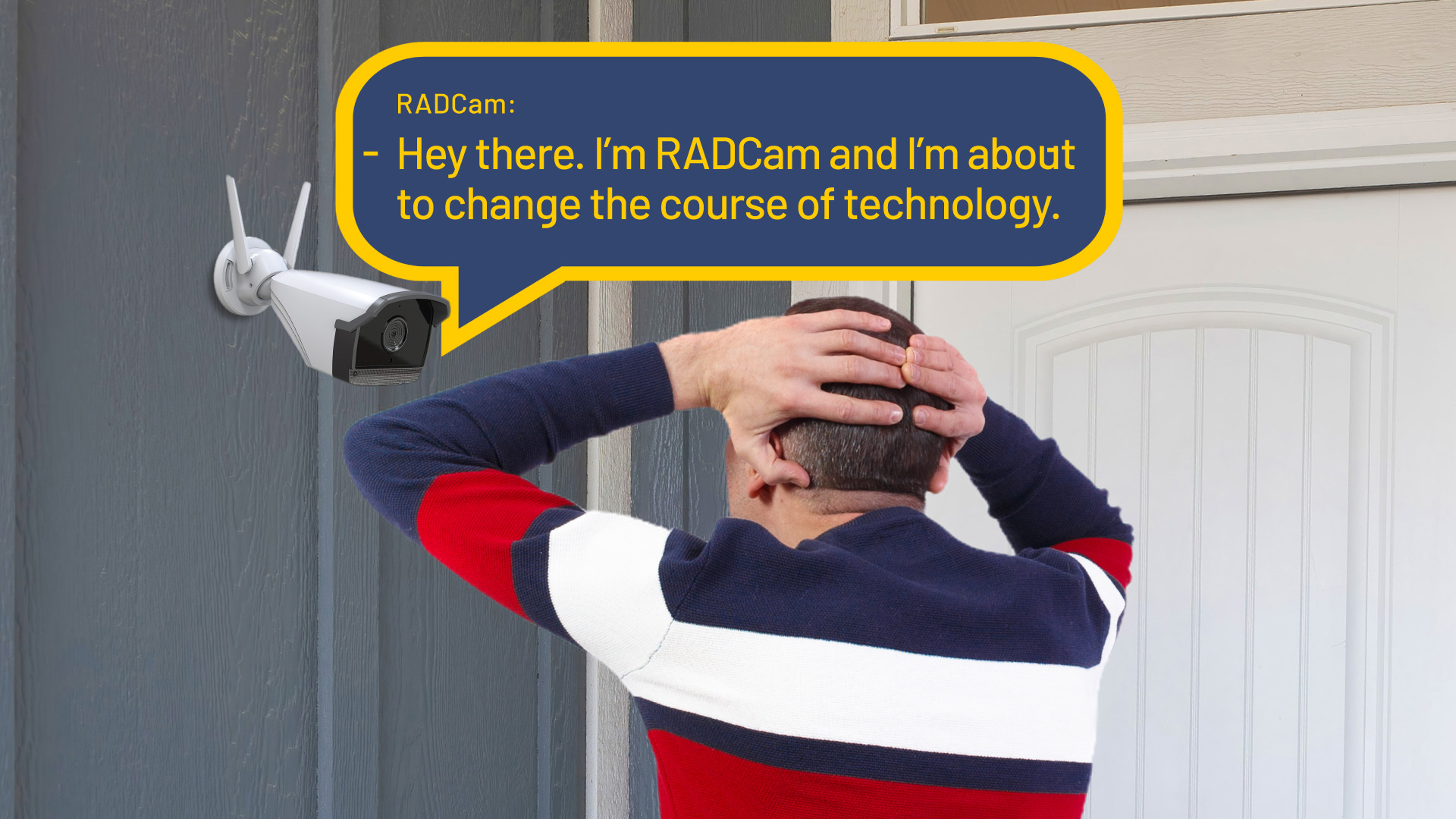Throughout history, certain consumer tech devices didn’t just evolve, they exploded onto the scene, reshaping how we live, work, and play. What makes these devices stand out is the speed at which they were adopted. These products moved from new innovations to everyday essentials faster than anyone could have predicted.
Personal Computers
In the 1980s, few people imagined that personal computers would become as widespread and indispensable as they are today. Once confined to research labs and large corporations, PCs quickly made their way into homes, forever changing the landscape of education, business, and entertainment. The ability to compute, write, and create from home wasn’t just a novelty, it was a game-changer.
Cell Phones
Initially seen as a luxury or niche gadget, cell phones became a must-have in an incredibly short span of time. From the early bulky models to the slim, sleek smartphones of today, the rapid transformation and adoption of mobile technology redefined communication, navigation, and entertainment. In just a few years, the world went from “Why would I need a phone in my pocket?” to “How did I ever live without this?”
Tablets
Tablets entered the market with a bit of skepticism. Were they really necessary? Were they just oversized smartphones or underpowered laptops? However, tablets quickly carved out their own space in tech, thanks to their portability, user-friendly interface, and versatility. They became the go-to device for both work and play, moving from the boardroom to the classroom in record time.
Big Screen TVs
When flat-panel TVs first appeared, their high cost seemed to position them as a luxury for only the wealthiest consumers. But as manufacturers refined the technology and prices dropped, big screen TVs became mainstream. The speed with which they took over living rooms around the world was remarkable, and today, they are a standard part of home entertainment systems.
Digital Cameras
The transition from film to digital photography happened faster than many had predicted. Digital cameras, with their ability to instantly review and store photos, revolutionized photography. This rapid shift paved the way for smartphone cameras, which now dominate how we capture and share our lives.
Smartwatches
When smartwatches first hit the market, they were met with skepticism. But consumers quickly realized the potential of having a fitness tracker, health monitor, and communication tool all on their wrist. The appeal of wearable tech skyrocketed, especially for those looking to stay connected while tracking their health.
Streaming Devices
Streaming devices like Roku, Amazon Fire Stick, and Apple TV didn’t just change how we consume media, they completely disrupted the traditional TV industry. The convenience of on-demand streaming became obvious to consumers, leading to a rapid shift away from cable subscriptions toward digital content.
Voice Assistants
Amazon’s Echo and Google Home weren’t instant hits, but it didn’t take long for consumers to see the appeal of controlling their homes with voice commands. From playing music to managing smart home devices, voice assistants have become central to many households, showing how quickly AI-powered tech can integrate into daily life.

What’s Next? The Rise of AIR-Powered Technology
While these consumer tech breakthroughs caught the world by surprise, the future promises even more innovation, especially with devices that incorporate advanced AI and machine learning. One such example is RADCam, part of the next generation of AIR-powered (Autonomous Intelligent Response) technology. Though it is not yet widely available, RADCam has the potential to revolutionize home security by offering interactive, conversational capabilities, setting it apart from standard security cameras that only record and alert.
Devices like RADCam, powered by AITX’s AI-driven technology, will be able to autonomously detect, evaluate, and even engage with individuals through natural conversation. This represents a shift from passive to proactive security, where smart devices can interact intelligently with their surroundings in real-time.
And RADCam is just the beginning. As AI continues to evolve, we can expect more products that do not just monitor or respond, but also reason, converse, and fully integrate into our daily lives. The path to widespread adoption of this technology may be quicker than expected, just like many of the revolutionary devices that came before it.
Conclusion
Technology has a way of surprising us, often moving from niche curiosity to daily necessity at an astonishing speed. From personal computers to voice assistants, these innovations have reshaped the way we live. With AI-powered devices like RADCam on the horizon, the future holds even more exciting possibilities. The next tech surprise might already be just around the corner, and when it hits, it could redefine our world once again.




